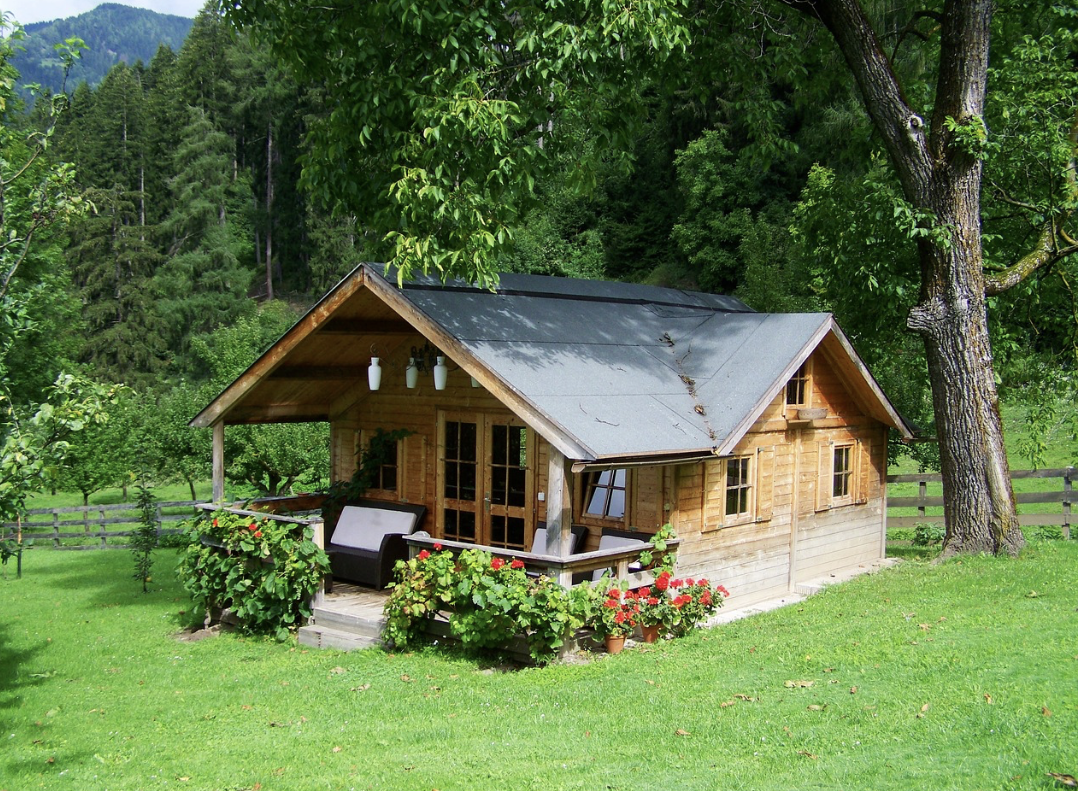Navigating the Process: Applying for a DFG for Your Tiny Home
Securing a Disabled Facilities Grant (DFG) for your tiny home can be an empowering step towards ensuring that your living space meets your unique accessibility needs. Whether you are making modifications for mobility, installing specialized equipment, or adapting your home to enhance your quality of life, understanding how to apply for a DFG is crucial. This blog will guide you through the application process, providing essential tips and insights to help you navigate the paperwork and requirements with ease. By the end, you'll be well-equipped to pursue the funding you need to transform your tiny home into a truly accommodating and comfortable haven.
Eligibility Criteria: Do You Qualify?
Before you begin the application process for a Disabled Facilities Grant (DFG), it is essential to determine whether you meet the eligibility criteria. Generally, to qualify for a DFG, you must either be the homeowner or tenant (with the property owner's permission) of the dwelling in question. When you are on the hunt for a disabled facilities grant for your tiny home, you should also get a letter from the landlord or council acknowledging your right to modify the property. Additionally, you must be able to prove that you (or someone living with you) have a disability and demonstrate how the proposed modifications will help improve your quality of life.
Preparing Your Application
Once you've confirmed your eligibility for a Disabled Facilities Grant (DFG), the next step is preparing your application. Start by gathering all necessary documents, including proof of income, medical evidence of disability, and a detailed plan outlining the modifications you intend to make. It's helpful to consult with an occupational therapist who can provide a professional assessment and recommend specific adjustments tailored to your needs.
Your local council's housing department can also be a valuable resource, offering guidance on required paperwork and application procedures. Ensure you have multiple quotes from approved contractors to include with your application, as this will demonstrate careful planning and budgeting. Taking the time to prepare a thorough and well-documented application will increase your chances of receiving the grant and achieving your home adaptation goals.
Working with Professionals
Collaborating with professionals is a critical aspect of successfully navigating the Disabled Facilities Grant (DFG) application process. Engaging with experienced occupational therapists not only helps in accurately assessing your needs but also ensures that the proposed modifications are both practical and beneficial. They can provide detailed reports and recommendations that strengthen your application, highlighting how specific changes will enhance your daily life.
Additionally, partnering with reputable contractors who have experience in accessible home modifications can make a significant difference. Choose professionals who are accredited and ideally familiar with the requirements of DFG-funded projects. Obtaining quotes from these contractors can help you create a realistic budget and provide the necessary financial documentation for your application.
Legal advisors may also be beneficial, particularly in reviewing any agreements or permissions, especially if you are a tenant needing your landlord’s consent. They can ensure that all modifications comply with local regulations and that your rights and obligations are clearly defined and protected.
Common Modifications
When applying for a Disabled Facilities Grant (DFG) for your tiny home, it's helpful to know the types of modifications commonly approved under the scheme. Some of the most frequent adaptations include the installation of ramps and widened doorways, making it easier for individuals using wheelchairs or mobility aids to navigate their homes. Bathroom modifications, such as accessible showers, grab rails, and raised toilet seats, are also standard, improving safety and independence for those with mobility challenges.
Kitchens can be adapted with lower countertops and pull-out shelves, allowing for more comfortable use by individuals with limited reach or strength. Stairlifts or platform lifts may be necessary for homes with multiple levels, ensuring access to all areas of the home. Additionally, adapting the home’s lighting and electrical controls, like installing easy-to-use switches or voice-activated systems, can significantly enhance the living experience.
Submitting Your Application
After meticulously preparing your application for a Disabled Facilities Grant (DFG), it's time to submit it to your local council for review. Ensure all necessary documents are included, such as proof of income, medical evidence, detailed modification plans, professional assessments, and quotes from approved contractors. Double-check that all forms have been properly completed and that you have acquired any required signatures, especially if you are a tenant needing landlord permission.
You can typically submit your application by mail or in person at the council's housing department. Some councils may offer online submission options, which can expedite the process and provide you with a convenient way to track your application status. Upon submission, request a receipt or confirmation to have a record that your application was received.
Once submitted, the council will review your application, which can take several weeks or even months, depending on the complexity of your case and the council's workload. During this period, be prepared to answer any follow-up questions or provide additional documentation if requested. Staying proactive and maintaining open communication with the council can help expedite the review process.
Applying for a Disabled Facilities Grant (DFG) for your tiny home may seem daunting, but with careful preparation and collaboration with professionals, it can be a smooth and successful process. Remember to thoroughly research the eligibility criteria, prepare a detailed application with the necessary documents, and engage with experienced professionals to increase your chances of securing the funding you need to improve the comfort and accessibility of your house. With determination and persistence, you can achieve your goal of creating an accommodating living space that truly meets your needs.










